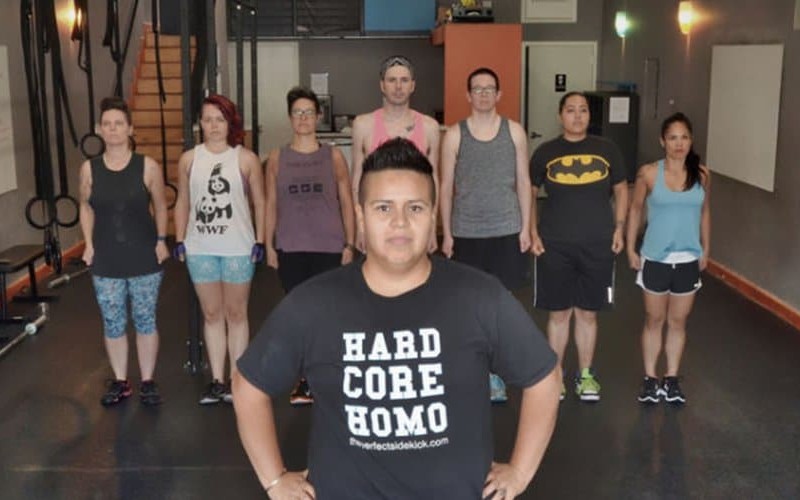The Queer Gym: How Coach Nat Created an LGBTQ Fitness Haven
Say hello to The Queer Gym, a fully online fitness hub that champions inclusivity no matter how one identifies.

You know how working out can be a real challenge? Well, finding safe, inclusive spaces to sweat it out can be an even bigger hurdle. That was until The Queer Gym stepped into the picture.
The Queer Gym is an online fitness hub owned by Nathalie Huerta. But you can call her Coach Nat, just like her clients do. And her goal? It’s to create a welcoming space for everyone who wants to get fit and make healthier lifestyle choices, no matter how they identify.
The Queer Gym, first launched in 2010 in Oakland, California, experienced a significant shift in operations due to the COVID-19 pandemic. This led to the closure of their physical facility. However, it also opened up a new chapter for the founder Nathalie Huerta and the gym’s mission. The subsequent transition was focused on creating an even more inclusive platform offering high-quality workouts and educational content entirely online.
Originally, The Queer Gym emerged as a safe, inclusive space for workouts, featuring gender-neutral locker rooms and facilities. Huerta, who had prior experience as a fitness coach in various gyms, noted a substantial shift in treatment after she decided to adopt a less “feminine presenting” appearance, by her own description.
Fast forward to the present day, The Queer Gym has not only adapted to being fully remote but has also refined its model to deliver exceptional benefits to its members. These benefits extend beyond their highly regarded live workouts, affirming the gym’s commitment to their inclusive, remote-first approach.
Huerta’s work helps transform and challenge gender norms that are often harmful to the queer community. From making an active effort to educate herself on everything from diet recommendations for those undergoing hormone therapy to creating entirely new class offerings to fit every kind of schedule, Huerta is achieving success by being the epitome of adapting to the times while caring for her customers.
The online gym operates on a comprehensive approach emphasizing four primary areas: fitness, nutrition, accountability, and community.
In terms of fitness, the gym hosts live Zoom workouts three times a week that are accessible and accommodating for all fitness levels. These sessions require no gym equipment, making it highly convenient for everyone.
As for nutrition, the gym understands the significant role it plays in achieving fitness goals. Therefore, every member is assigned a personal nutritionist who crafts a customized meal plan, supplemented with meal prep hacks to simplify the process.
The gym also provides a unique aspect of accountability to ensure members stay on track. Each member gets an accountability coach, weekly check-in calls, and unlimited text access for continual motivation and support.
Finally, the gym fosters a sense of community among members. It houses a diverse group of like-minded individuals, particularly those identifying as queer. An interactive member chat room and regular virtual events encourage members to connect and engage with each other, enhancing their fitness journey through mutual support and motivation.
Huerta’s dedication goes beyond just providing fitness routines. She’s changing the landscape by challenging harmful gender norms, educating herself about specific nutritional needs for those undergoing hormone therapy, and always, always, adapting to suit her clients’ needs.
So, if you’re looking for a place to work out where inclusivity, support, and community aren’t just buzzwords, but a reality, look no further. The Queer Gym is more than just an online gym; it’s a fitness revolution that is creating ripples far and wide. It’s about time we redefine what fitness can look like, and with Huerta at the helm, the future looks promising. And hey, you’re invited to be part of this exciting, new world of fitness!
To find out more about The Queer Gym (and join the fitness revolution!), check out their website here.




